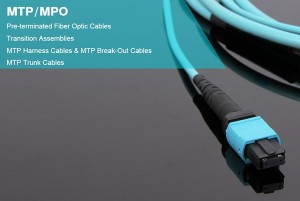Before any optical fiber can be connected to an appliance they need to spliced or terminated. Although for a long time this was achieved by mechanical splicing, now the industry is undergoing a revolution with the advent of the fiber connector. This exquisitely designed device makes the cores of the optical fibers align perfectly by mechanically coupling to each other.
This ensures almost 100% of the light is transmitted and losses are minimized saving energy and quality of the light transferred. So far about 100 optical fiber connectors have been introduced to the market but the technology is advancing very fast.
What is a fiber connector used for?
There are a large variety of the fiber connectors available on the market and they are used in many different fields for different purposes. The ADT-UNI fiber connector is essential in measuring much equipment and the DMI (Diamond Micro Interface) is a crucial part of any circuit board. The E-2000, EC, FC, FSM and SC connectors are extremely important in the telecom industry. V-Pin connectors are really useful in any kind of industrial or electrical networking utility. Fiber connectors are also used in military, aerospace and avionics departments.
Why fiber connectors are better?
Working outdoors in the sun and the rain can be a very tough experience. The elements can destroy even the most well designed electrical equipment. Fiber connectors are built to withstand any weather and have a longer life than any other such technology. You can twist and pull and expose it to harsh weather but fiber connectors still offer minimum signal loss for the network.
What are some of the different types of fiber connectors?
Some of the most popular and iconic fiber connector is as follows – SC connector, LC connector, FC connector, ST connector and the MTP/ MPO connector. Developed by the Nippon Telegraph and Telephone Company, the SC connector was one of the earliest fiber connectors and was originally created for Gigabit Ethernet networking. Hugely successful, it still remains one of the most popular connectors due to its low costs.
The LC was the successor of the SC but wasn’t as successful, probably due to high licensing fees. The FC connector is made of nickel plated or plain stainless steel and used in high precision instruments. The ST and MTP/ MPO connectors are similar but not that popular even though they have been around for a long time.


